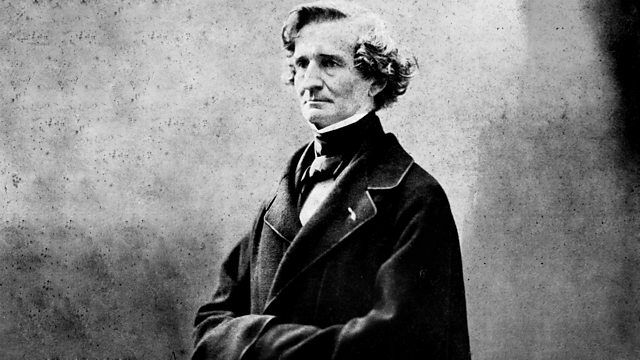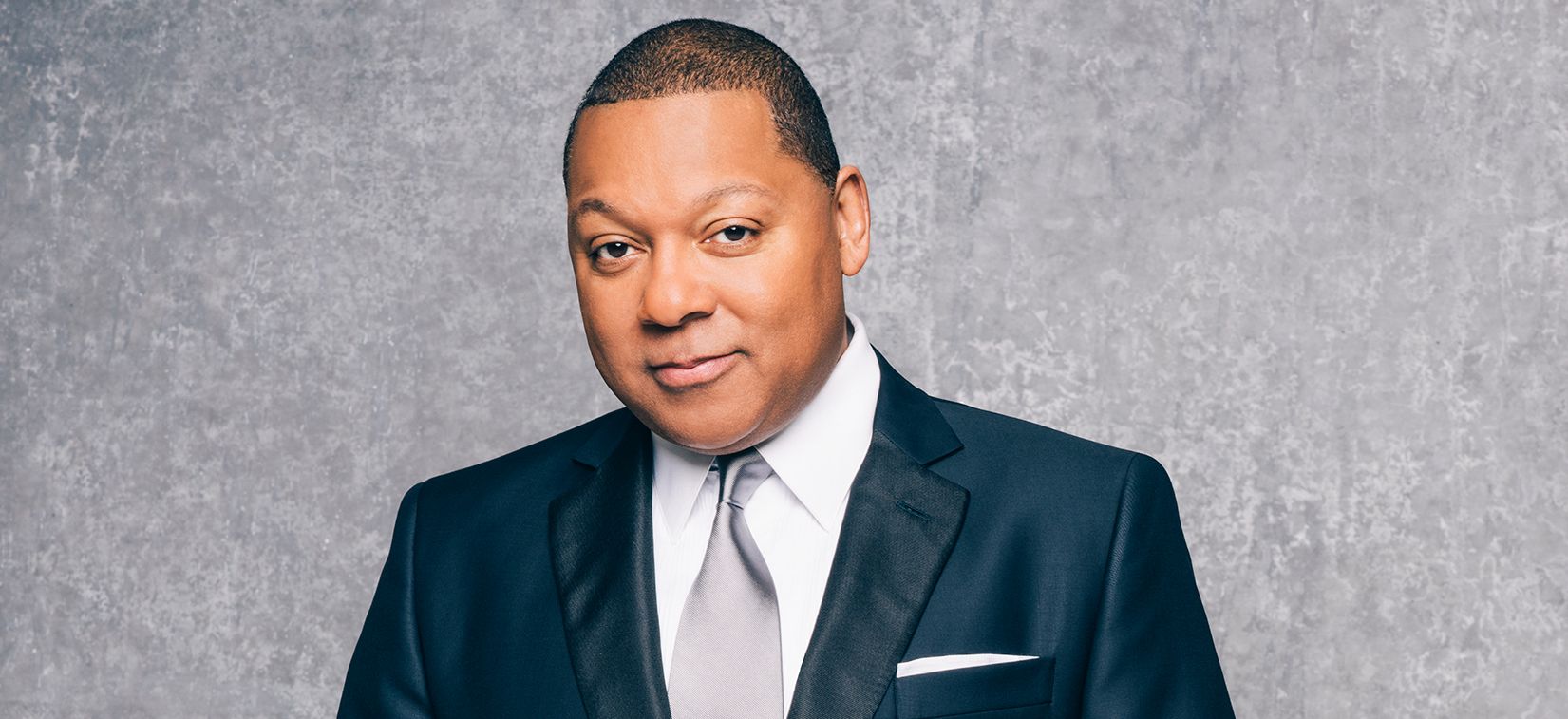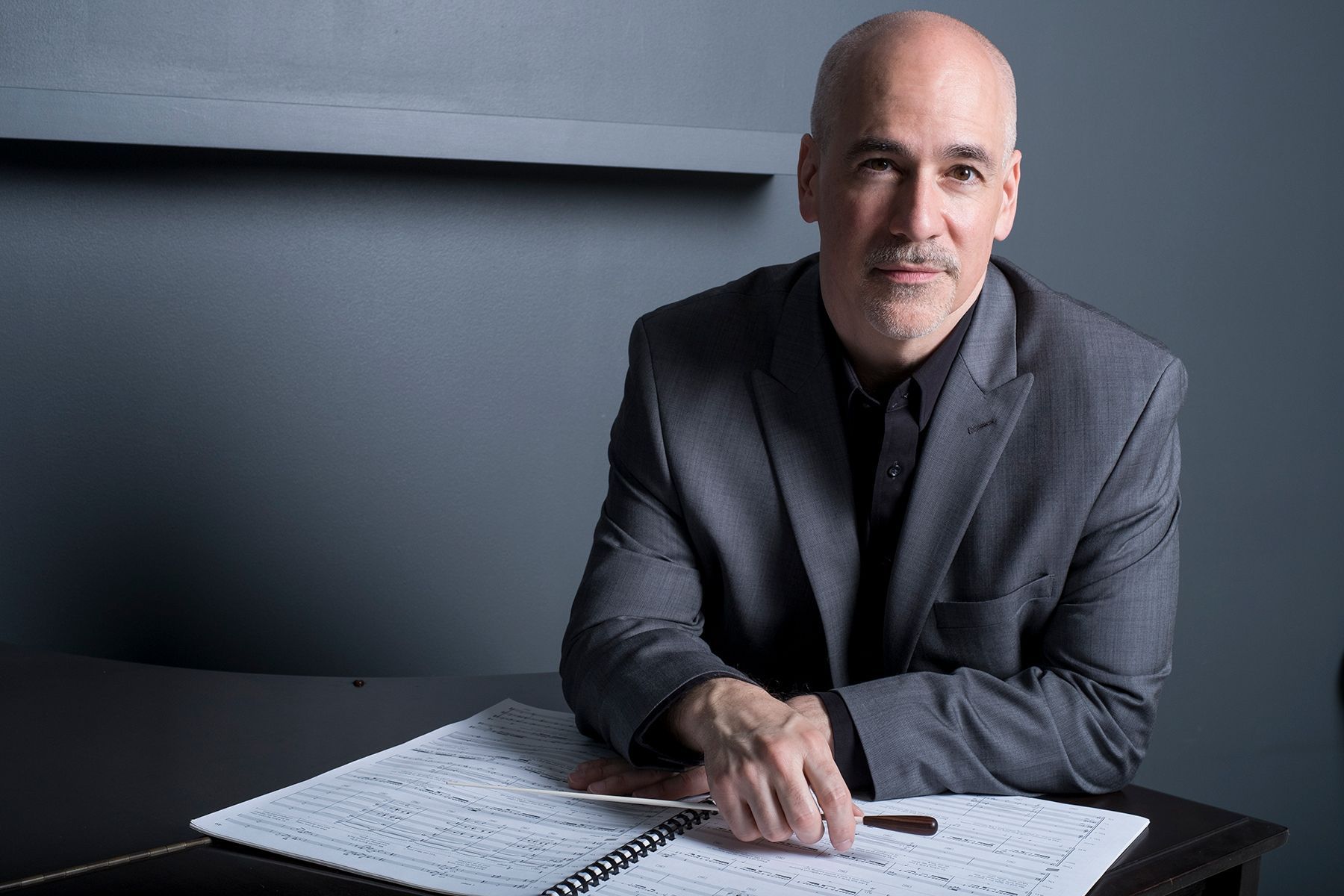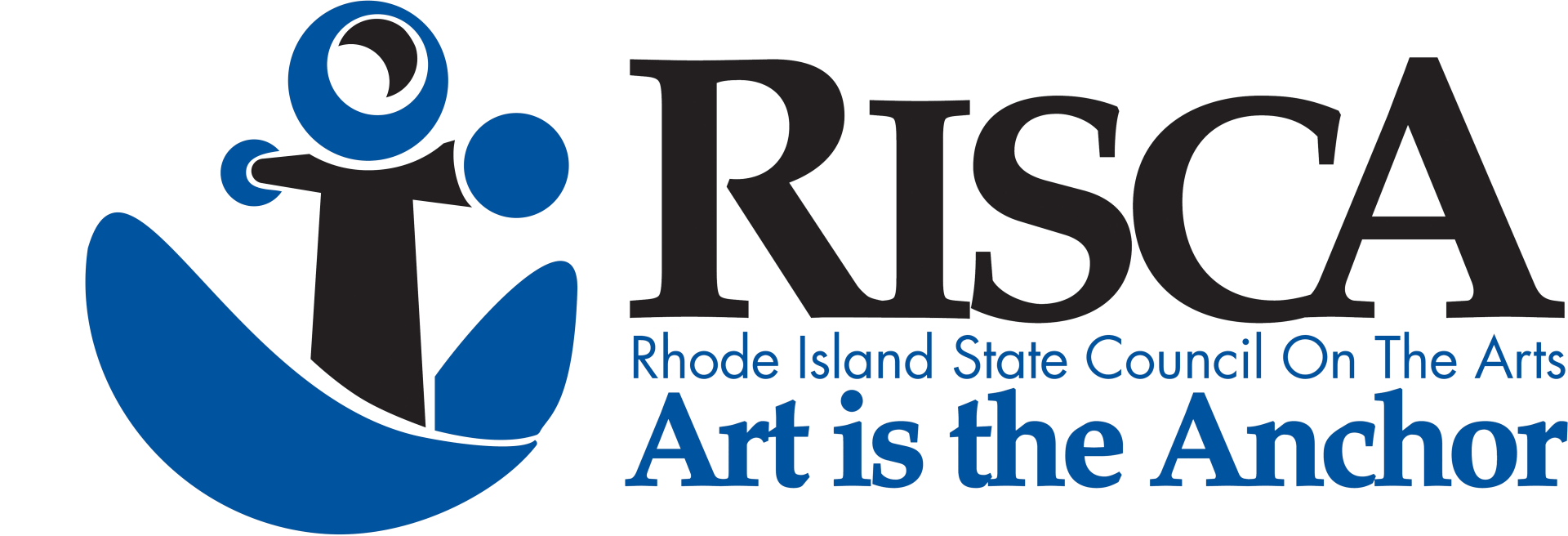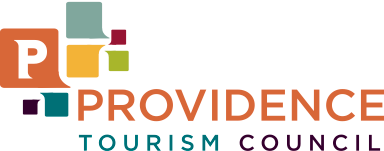Join our newsletter
Get the latest news delivered to your inbox.
Menu - Newsletter Form
401.248.7070 | 667 Waterman Avenue, East Providence, RI 02914
THE STORY BEHIND: Mendelssohn's Violin Concerto
Share
On May 21, Bramwell Tovey, Tania Miller, Nathaniel Efthimiou and the Rhode Island Philharmonic Orchestra will present A Joyful Future with violinist Ray Chen.
THE STORY BEHIND: Mendelssohn's Violin Concerto
Title:
Violin Concerto, op.64, E minor
Composer: Felix Mendelssohn (1809-1847)
Last time performed by the Rhode Island Philharmonic:
Last performed March 21, 2009 with Larry Rachleff conducting and soloist Chee-Yun. In addition to a solo violin, this piece is scored for two flutes, two oboes, two clarinets, two bassoons, two horns, two trumpets, timpani and strings.

The Story:
History has determined that there were four great violin concertos composed during the 19th century — by Beethoven, Mendelssohn, Tchaikovsky, and Brahms. The last two pay homage to Beethoven by being in the same key as his (D major) and in other self-conscious ways. Felix Mendelssohn studiously avoided any comparison with Beethoven, either by key choice or in any other manner. His concerto is also very different from the latter two, exploring the lyrical possibilities of the violin more deeply and balancing those with restrained virtuosic display.
Mendelssohn’s concerto was born of a long and deep friendship between him and Ferdinand David, a professional violinist whom he had known since his teen years. Repeatedly, David had asked Mendelssohn for a concerto, but it was repeatedly put off due mainly to the composer’s many professional commitments in Leipzig, Berlin, and London. Finally, in July 1838, Mendelssohn wrote to David, “I would like to write you a violin concerto for next winter. One in E minor keeps running through my head, and the opening gives me no peace.” David was Mendelssohn’s concertmaster in the Gewandhaus Orchestra of Leipzig, and they shared a deep spiritual and artistic bond, which the composer expressed in the same letter: “. . . May heaven permit us to succeed more and more in expressing our wishes and our inmost thoughts, and in holding fast all that is dear and sacred in art, so that it shall not perish!”
Yet the concerto was not to come to fruition for nearly seven more years. Meanwhile, Mendelssohn whittled away at it. When he showed a partly completed score to David, the violinist exclaimed, “This is going to be something great!” David himself contributed many ideas to the work. Although Mendelssohn had played the violin himself, he consulted David closely, especially concerning the extended solo (the cadenza) two-thirds through the first movement.
Finally, David gave the premiere in March 1845 at the Gewandhaus (Leipzig). Unfortunately, the overworked Mendelssohn was ill and could not conduct or even attend. Listeners were struck by the violin’s ravishing melody played right at the beginning. The cadenza is controlled virtuosity — in spirit, a blend of Spohr’s classical reserve and Paganini’s flashy display. When the orchestra re-enters with the main theme, roles are reversed with the violin accompanying the orchestra.
A single note in the bassoon joins the first movement to the second. The calm, religious character of its outer sections contrasts with an agitated central section.
Again, movements are joined, this time by a brief transition followed by flourishes in the winds and then by the violin soloist. Finally, comes the delicious main theme of the finale. Its playful, dancing elfin character may remind us of another Mendelssohn masterpiece, the music to
A Midsummer Night’s Dream. In the center of the movement, the violin introduces a flowing, lyrical melody. However, the dancing elfin theme triumphs at the end, bringing the concerto to a close with what Edward Downes describes as “irresistible melodic verve and rhythmic drive.”
Program Notes by Dr. Michael Fink © 2022 ALL RIGHTS RESERVED
Tickets start at $35! Click HERE or call 401-248-7000 to purchase today!

